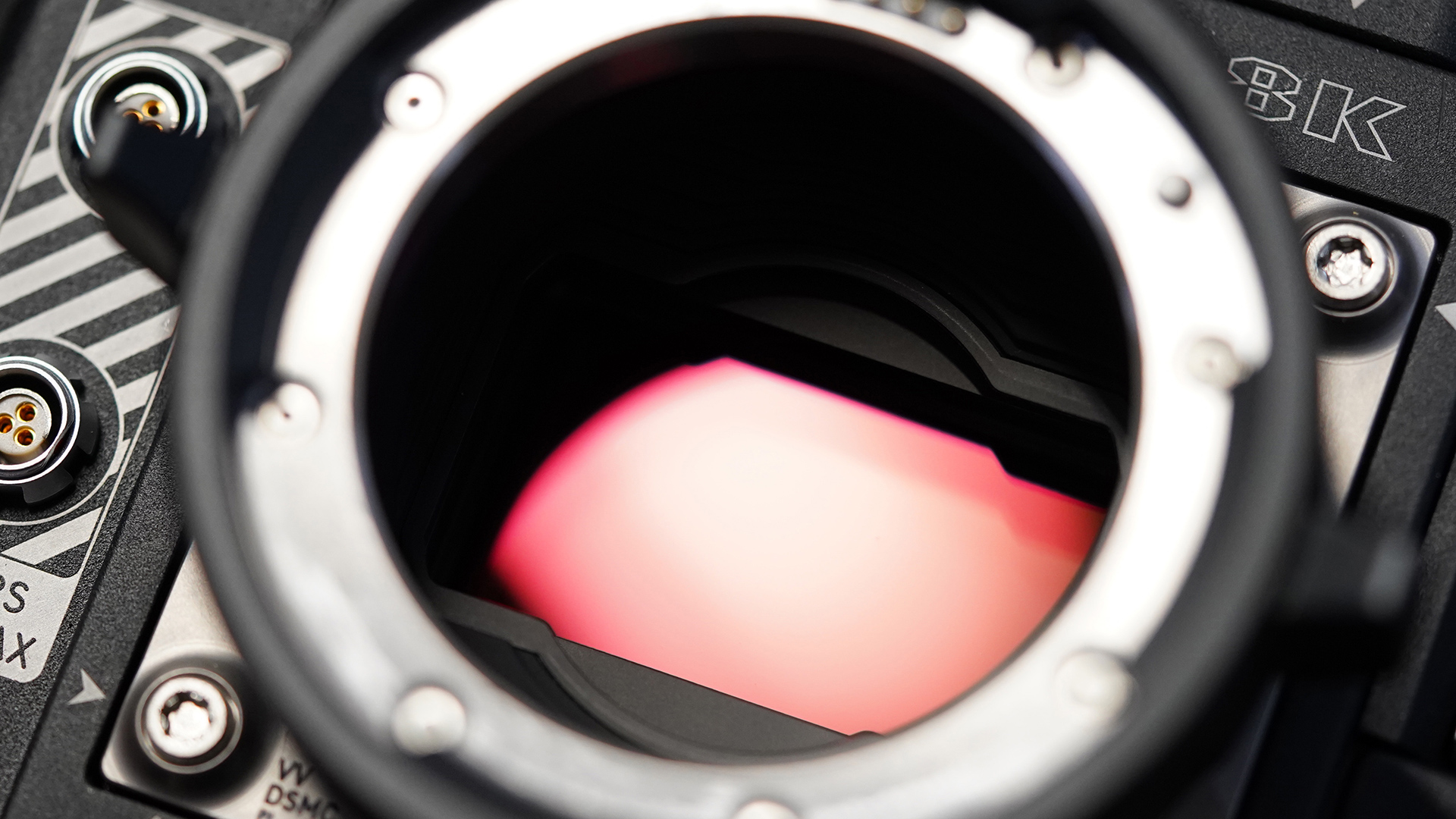
How accurate is your lens mount? Here’s some myth busting research you really should read.

How accurate is the flage-to-sensor distance on your camera? The results may surprise you. Image: Lensrentals.
The various Covid-19 lockdowns have been used by different people to learn new skills such as baking, or getting fit, or any number of newly discovered hobbies. But what happens if you are part of a huge kit rental company and you are still being employed to work, even if nothing is being hired out? Well it seems that you decide to test all of the hundreds of cameras in your catalogue to see how consistent the flange-to-sensor distance on them is between the same make and models. Because.
This is precisely what the guys at Tennessee based company Lensrentals have gone and done, and it’s actually incredibly compelling reading.
In the biggest - and possibly only - test of its type that we’re aware of, the company has undertaken to examine hundreds of cameras to see how accurate their flange-to-sensor distance is. This is hugely important information because it determines whether your lens will even be able to hit certain focus marks at all.
Compelling reading
Now I know you’re probably thinking that reading a long article about lens mount flange-to-sensor distances would make having root canal surgery quite an attractive proposition. But the research article in question has been written in such an easy to read way that you will find the information contained within both informative and entertaining.
It serves a serious purpose though, and it highlights the various discrepancies between cameras even if they are the same make and model. The tests focus on cameras with mounts that do not have a flange-to-sensor adjustment capability such as the Canon CXXX series, DSLRs and mirrorless cameras. The first part concentrates on dedicated video cameras, whilst the second part, yet to be released, will focus on stills and hybrid gear.
Why is flange-to-sensor distance so important?
Having an accurate and consistent flange-to-sensor distance ensures that should you be using a video lens the distance markings are accurate. Lensrentals founder, Roger Cicala summed up the importance of flange back accuracy by writing “Video lenses have accurate distance scales; if you set it at 17 feet, it should be in perfect focus at 17 feet. Plus, they usually have hard stops at infinity, so unlike photo lenses, you can’t focus past infinity. When you slam it to infinity, if it’s really focusing at 32 feet, guess what? You can’t get infinity in focus at all.”
The problems don’t stop there however. With a video lens it can be shimmed, but as the article points out, shimmed for what? It is this very problem that goes to the heart of the tests. If I shim a lens to work on my Canon C200, will it work on yours?
The tests the company undertook takes a look at what kind of accuracy is within acceptable limits, and whether or not older, more used cameras have more variance. The summary gives you a good overview of how accurate you can expect your camera to be within the makes and models tested.
Head on over to the Lensrentals blog to read the full article. We recommend getting yourself a drink beforehand though!
Tags: Production


Comments